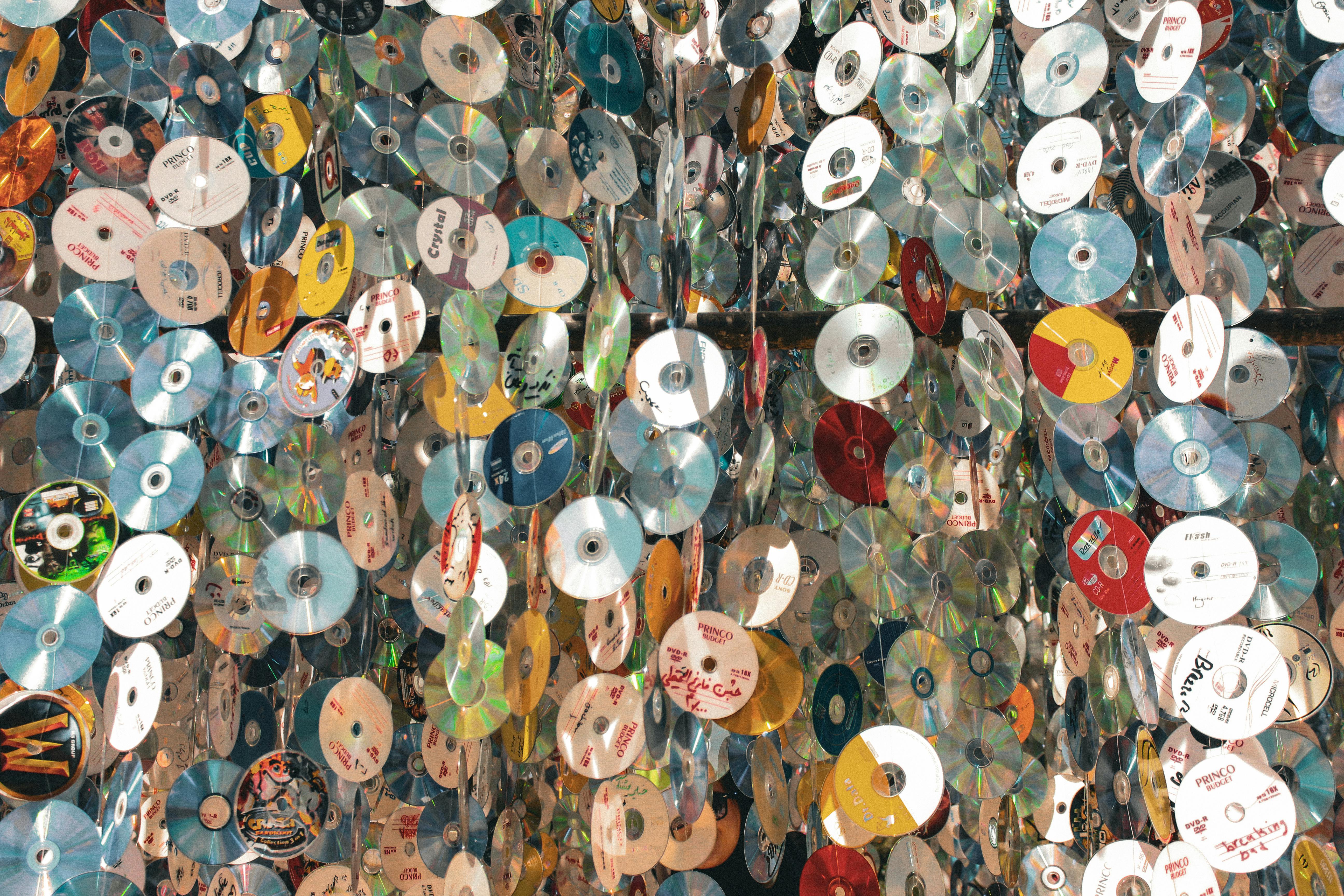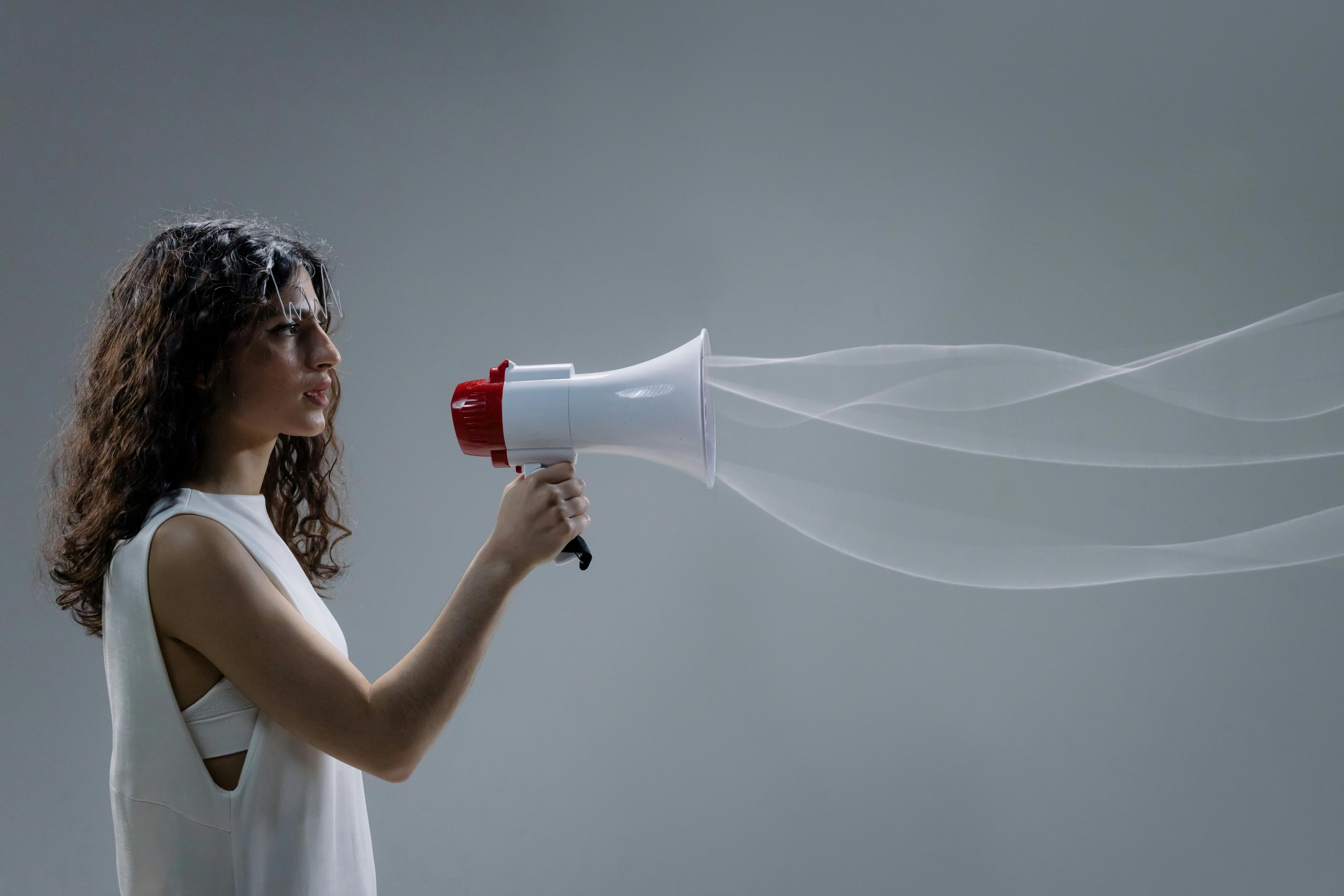In an era dominated by digital streaming and instant access to millions of songs, vinyl records—an analog technology born in the 1940s—are experiencing an unlikely resurgence. Once relegated to dusty attics and thrift store bins after their decline in the late 20th century, vinyl has roared back into relevance, captivating audiophiles, hipsters, and even mainstream music fans. In 2023, vinyl sales in the United States surpassed 43 million units, outpacing CDs for the first time since 1987. This revival isn't just a nostalgic fluke; it's a cultural and sensory rebellion against the intangibility of modern music consumption. So, why is this old technology staging such a dramatic comeback?
The Fall and Rise of Vinyl
Vinyl's golden age spanned the mid-20th century, peaking in the 1970s when it was the dominant format for music playback. The introduction of cassettes, CDs, digital downloads, and streaming pushed vinyl to the fringes by the 1990s, reducing it to a niche market for collectors. By 2010, U.S. vinyl sales had bottomed out at 2.8 million units, overshadowed by the convenience of MP3s and platforms like Spotify.
Yet, the seeds of revival were planted in the mid-2000s. Independent record stores and small labels began pressing limited-run vinyl releases, tapping into a growing counterculture that craved authenticity. Record Store Day, launched in 2007, galvanized this movement, turning vinyl into an annual celebration of physical media. Sales climbed steadily, doubling nearly every few years. By 2021, vinyl accounted for a significant chunk of physical music sales, and major artists like Taylor Swift and Billie Eilish embraced the format, releasing special editions to fuel demand.

The Sensory Appeal
At the heart of vinyl's revival is its tactile, sensory experience—an antidote to the sterile efficiency of digital music. Unlike a playlist on a smartphone, vinyl demands interaction: flipping through sleeves, placing the needle, hearing the faint crackle before the music begins. The large, colorful album artwork doubles as a collectible canvas, offering a visual connection to the music that a thumbnail on a screen can't replicate. For many, this ritual transforms listening into an event, not just background noise.
Sound quality also plays a role. Vinyl enthusiasts argue that its analog warmth—imperfections and all—outshines digital files' compressed, clinical precision. While scientific debates about audio fidelity persist, the perception of vinyl as "real" resonates deeply. As one audiophile said, "Digital is perfect, but vinyl feels alive."
Nostalgia Meets Modernity
Nostalgia fuels much of vinyl's comeback, but it's not just baby boomers reliving their youth. Millennials and Gen Z, generations raised on streaming, drive sales, drawn to vinyl as a retro novelty. For them, it's less about remembering the past and more about reclaiming a slower, more deliberate way to enjoy music in a fast-paced world. Social media amplifies this trend—Instagram posts of turntables and vinyl hauls turn ownership into a badge of cool, blending old tech with modern aesthetics.

The music industry has capitalized on this blend of old and new. Label press vinyl in vibrant colors, include exclusive tracks, or bundle it with digital downloads, appealing to both collectors and casual fans. High-profile releases, like Swift's Evermore, selling over 100,000 vinyl copies in a single week in 2021, show how artists leverage the format's allure to boost revenue in an era where streaming pays pennies per play.
A Rejection of Digital Overload
Vinyl's resurgence also reflects a broader backlash against digital saturation. Streaming offers convenience but strips music of its physical presence, reducing albums to data points in an algorithm. Listeners, overwhelmed by endless choice, find vinyl's limitations liberating—its 40-minute runtime forces focus, countering the skip-happy habits of playlist culture. In a world of disposable content, vinyl's durability and permanence feel defiant.
This rejection extends to environmental concerns. While vinyl production isn't inherently eco-friendly (made from PVC), fans argue it's a one-time purchase that lasts decades, unlike the energy-draining servers powering streaming. Whether this holds up under scrutiny, the sentiment aligns with a growing desire for sustainable, meaningful consumption.
Challenges and Limits
The revival isn't without hurdles. Demand has outstripped supply, straining the few remaining pressing plants and driving up prices—new records often cost $30 or more. Turntables, once dirt-cheap at garage sales, now fetch premium prices from brands like Audio-Technica and Crosley. Critics also highlight the irony: many modern vinyl records are mastered digitally, undermining claims of analog purity. For the average listener, streaming remains far cheaper and more practical.
Yet, these challenges haven't dimmed vinyl's appeal. It thrives as a niche within a niche, coexisting with digital rather than competing head-on. In 2023, vinyl accounted for just 7% of total music revenue, dwarfed by streaming's 84%, but its growth signals a hunger for something more than convenience.
Why It Matters
The vinyl revival isn't about turning back the clock—it's about reclaiming control over how we experience art. It's a statement that music can be more than a fleeting stream, that technology doesn't always have to replace what came before. Vinyl's comeback bridges generations, uniting those who remember its heyday with those discovering it anew. It's a reminder that even in a digital age, the old can find new life—not as a relic, but as a rebellion.

As turntables spin once more in homes worldwide, vinyl proves that sometimes, the past doesn't just echo—it resonates louder than ever.





Leave a comment
All comments are moderated before being published.
This site is protected by hCaptcha and the hCaptcha Privacy Policy and Terms of Service apply.